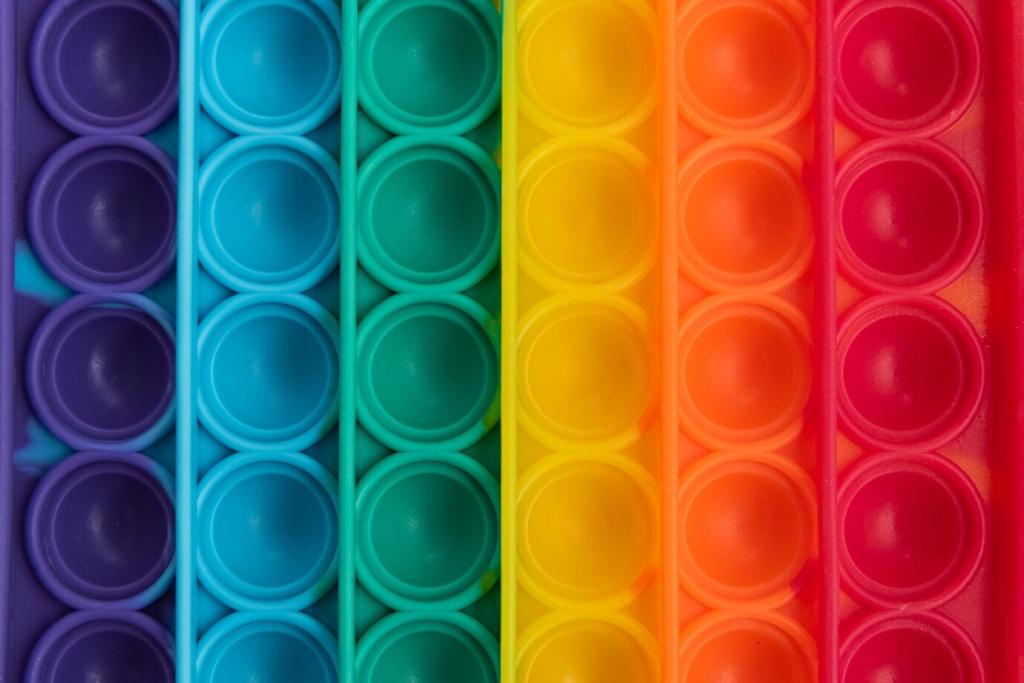The Impact of Lighting on Interior Colors
Chosen theme: The Impact of Lighting on Interior Colors. Explore how natural and artificial light transform every hue at home, from walls to fabrics, and learn practical, beautiful ways to keep colors consistent. Join the conversation, share photos of your space, and subscribe for weekly lighting-color insights.

This is the heading
Lorem ipsum dolor sit amet, consectetur adipiscing elit. Ut elit tellus, luctus nec ullamcorper mattis, pulvinar dapibus leo.

This is the heading
Lorem ipsum dolor sit amet, consectetur adipiscing elit. Ut elit tellus, luctus nec ullamcorper mattis, pulvinar dapibus leo.
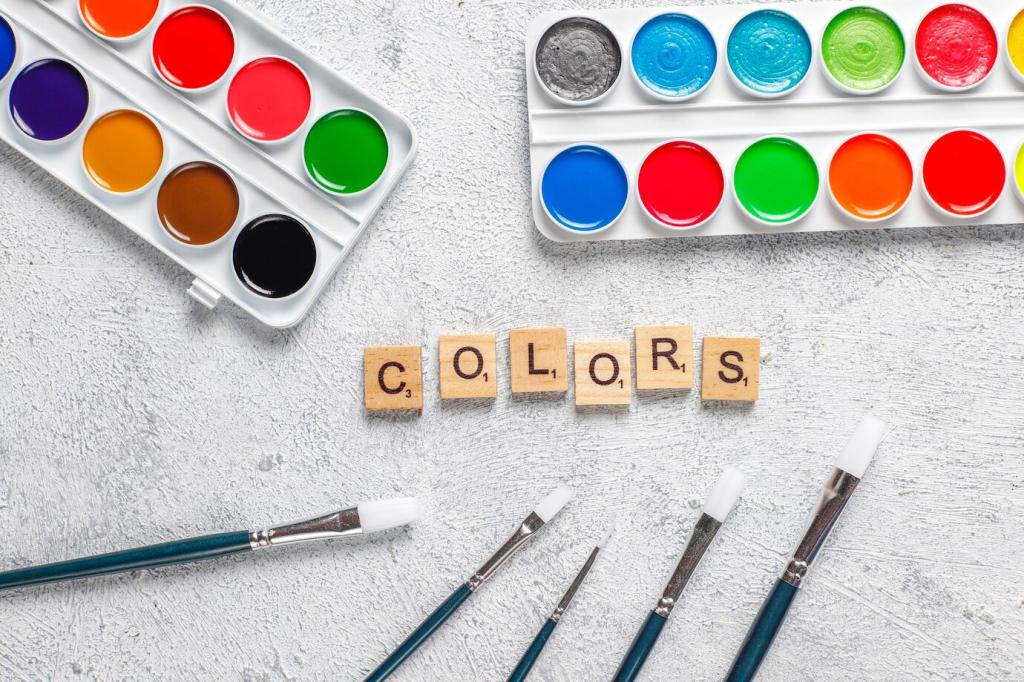
North-facing rooms receive cool, consistent light that can flatten warm neutrals, while south-facing rooms bathe colors in golden brightness, deepening creams and honeyed woods. Share your window orientation in the comments for tailored color tips.
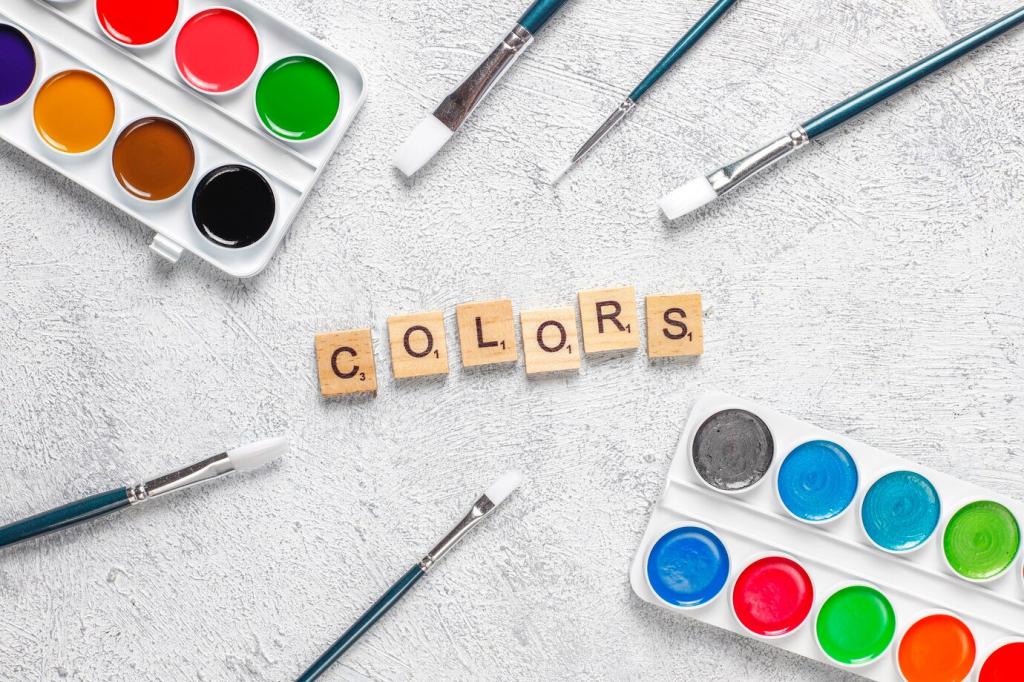
Morning light adds clarity and blue freshness, midday brings strong neutrality, and dusk casts warm amber that amplifies reds and mutest blues. Track the shifts for a week to see when your favorite hues shine brightest.

Low winter sun stretches shadows and cools palettes, whereas summer light is higher, brighter, and often warmer. Overcast sky diffuses contrast, softening saturation. Consider seasonal curtains and bulbs to maintain harmony year-round.
Warm Incandescent vs. Cool LED
Traditional incandescents flatter skin and warm tones but can muddy cool grays. Modern LEDs offer precise temperatures and efficiency. Choose LED options labeled 90+ CRI to keep whites clean and prevent beige walls from turning surprisingly pink.
Full-Spectrum and High-CRI Bulbs
Full-spectrum LEDs and high-CRI lamps reveal subtleties in paint undertones, wood grain, and fabric weave. They improve color fidelity for kitchens, studios, and living rooms where accuracy matters. Try a pair before committing throughout the home.
Dimming and Scene Control
Dimmers lower light intensity, which can deepen color and shift perceived warmth. Scene controls let you save settings for dining, reading, or entertaining. Use them to keep palettes balanced regardless of task or mood.
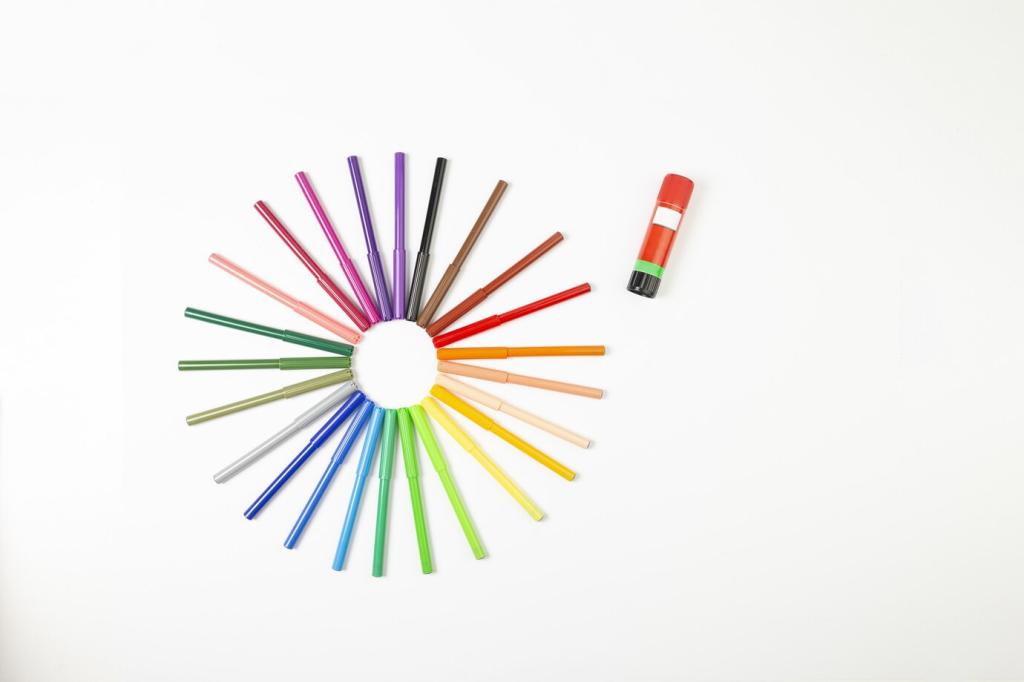

Testing Paints Under Real Light
Paint foam boards at least 18 by 24 inches and place them on multiple walls. Big samples expose undertones that tiny chips hide, revealing whether a greige drifts green or a blue secretly leans toward purple.
Testing Paints Under Real Light
Observe your boards at sunrise, midday, and evening under your actual bulbs. Note shifts near windows and corners. If the color stays pleasing during chores and downtime alike, you have a trustworthy candidate worth investing in.
Layered Lighting to Balance Color
Ambient, Task, and Accent Roles
Ambient fixtures set the overall tone, task lights protect clarity for reading or cooking, and accent lights sculpt texture and color depth. When layers cooperate, paint stays honest and furnishings display their intended richness effortlessly.
Wall Washing and Grazing
Wall washers spread light evenly to smooth color, while grazing skims surfaces to highlight texture, sometimes darkening paint by deepening shadows. Use both deliberately to flatter brick, paneling, and plaster without skewing your carefully chosen hue.
Ceiling Height and Beam Spread
Higher ceilings often need wider beam angles or more fixtures to avoid dull patches that distort color. Check spacing and overlap to prevent zebra-striping and ensure your carefully balanced palette feels cohesive from every angle.
Materials, Finishes, and Reflectance
01
Matte, Eggshell, and Gloss
Matte defuses glare and deepens color, eggshell adds gentle sheen for durability, and gloss amplifies reflections that may cool or warm adjacent hues. Test finishes beside your lighting plan before finalizing trim, doors, and cabinetry.
02
Surfaces That Bounce Color
Polished stone, mirrors, and metallics reflect neighboring hues, sometimes tinting nearby walls. A brass lamp can warm a gray corner; a cool marble counter may blue-shift cream paint. Balance reflective elements to preserve your intended mood.
03
Contrast and Edge Perception
Strong contrasts sharpen edges but can exaggerate undertones, while low contrast softens transitions yet risks muddiness. Use light to manage edges, spotlighting focal areas and dimming secondary zones to maintain color clarity without harshness.
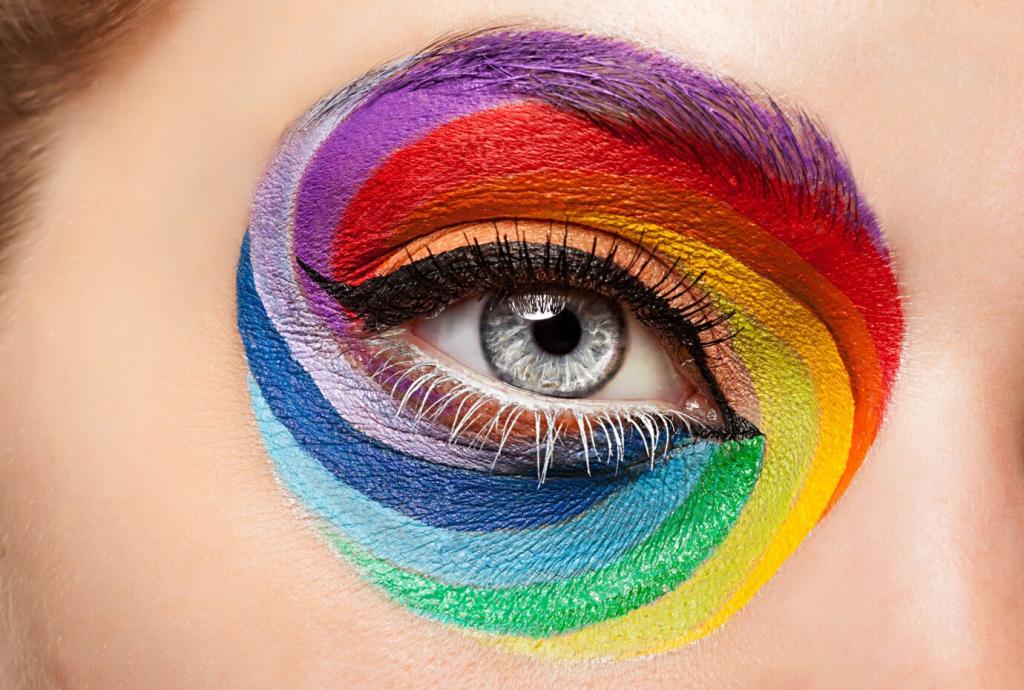


Stories from Real Homes
In a north-facing living room, a vibrant navy sofa dulled to slate each afternoon. Swapping to higher-CRI bulbs and adding a warm-beam floor lamp restored depth, and the fabric finally matched the owner’s original swatch.
Stories from Real Homes
Olive cabinets looked perfect in the showroom but went sickly under cool under-cabinet strips. Switching to warmer, high-CRI LED tape revived the earthy tone, and a dimmer kept saturation controlled during bright midday cooking sessions.

